Relative Perf & Perf Per Watt (Raster + DLSS/FSR)
- Assassin’s Creed Mirage
- Starfield
- The Last of Us Part I
HD (1920 x 1080)
With DLSS for NVIDIA and FSR for the AMD cards, the performance difference in HD resolution gets even larger without RT enabled. The Performance Per Watt ratio is top.
QHD (2560 x 1440)
At QHD with DLSS enabled in the Balanced mode, the RTX 4070 is notably faster than the RX 7900 GRE with FSR in the same mode. The Performance Per Watt ratio is top.
UHD (3860 x 2160)
Top Performance per Watt at 4K, with a large relative performance difference from AMD’s card.
Pages:
- Prologue & Technical specifications
- NVIDIA’s Key Technologies
- Box & Contents
- Part Analysis
- Specifications Comparison
- Test System
- Game Benchmark Details
- Raster Performance
- RT Performance
- RT Performance + DLSS/FSR Balanced
- Raytracing Performance + DLSS/FSR Balanced + FG
- DLSS/FSR Balanced (No RT)
- DLSS/FSR Balanced + FG (No RT)
- Relative Perf & Perf Per Watt (Raster)
- Relative Perf & Perf Per Watt (Raster + DLSS/FSR)
- Relative Perf & Perf Per Watt (RT)
- Relative Perf & Perf Per Watt (RT + DLSS/FSR)
- Relative Perf & Perf Per Watt (RT + DLSS/FSR + FG)
- Rendering Performance
- Operating Temperatures
- Operating Noise & Frequency Analysis
- Power Consumption
- Clock Speeds & Overclocking
- Cooling Performance
- Epilogue
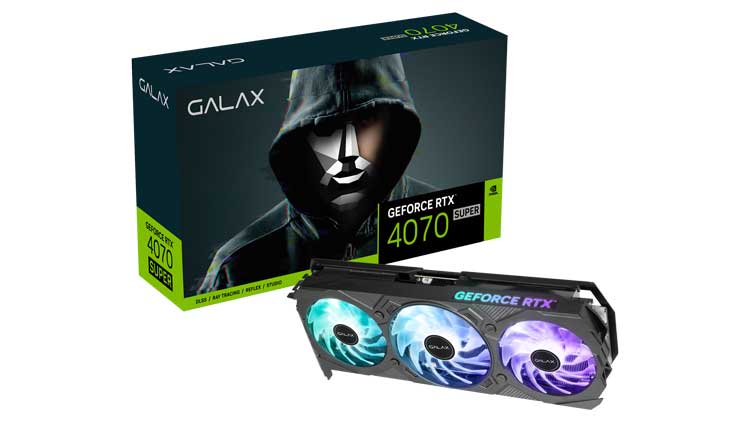
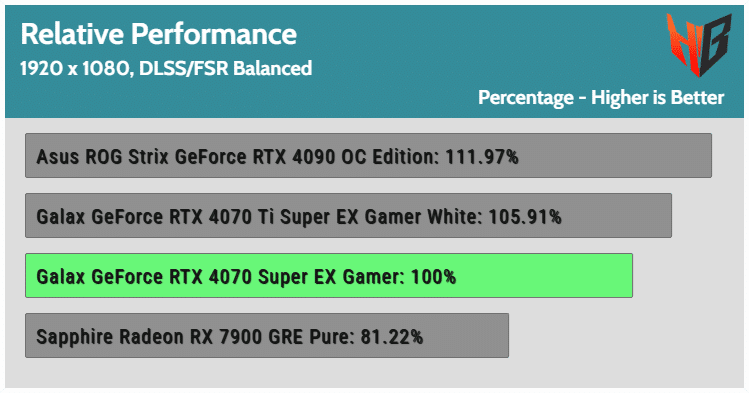
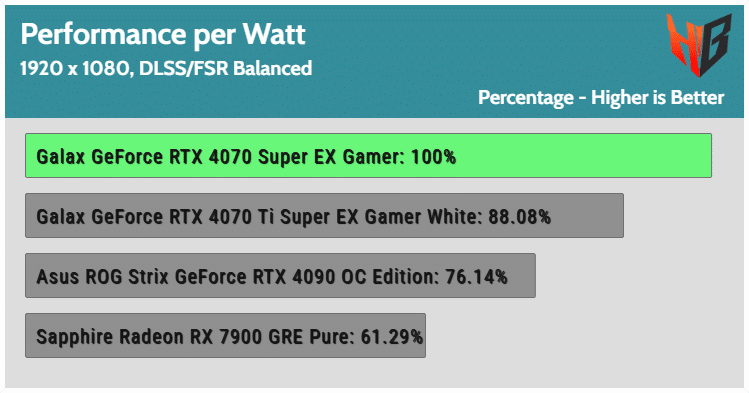
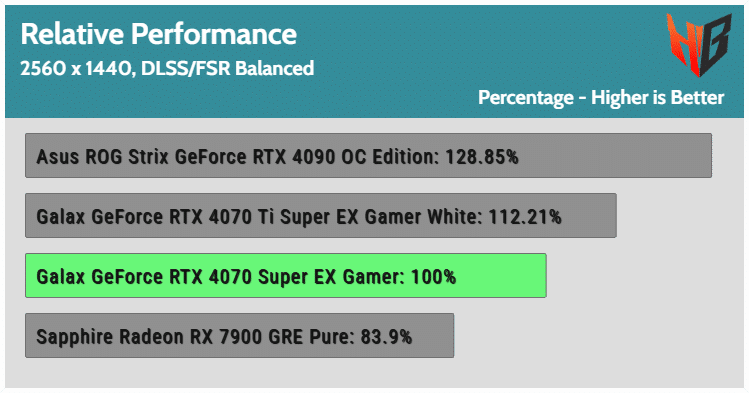
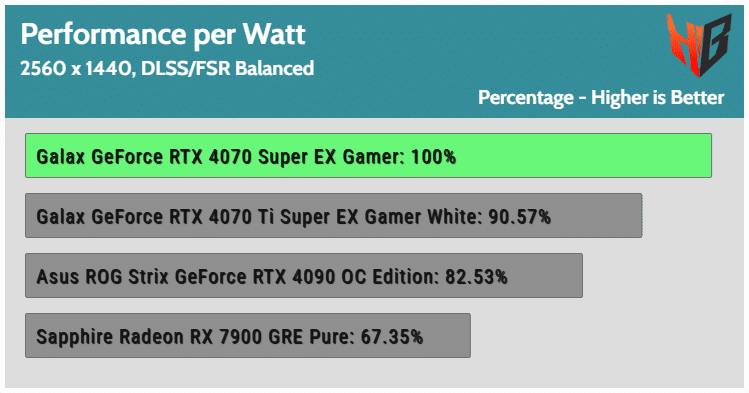

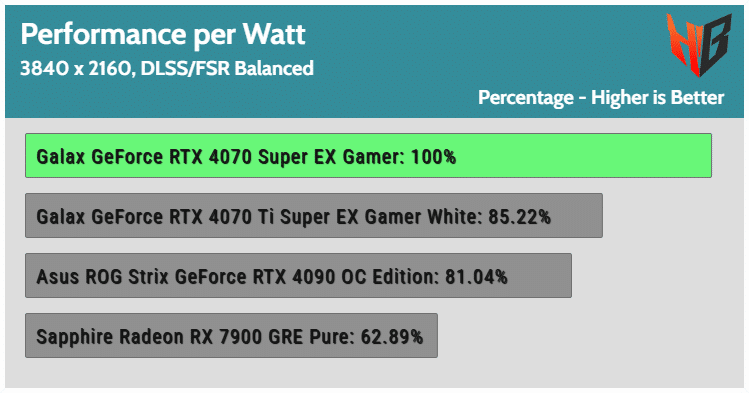
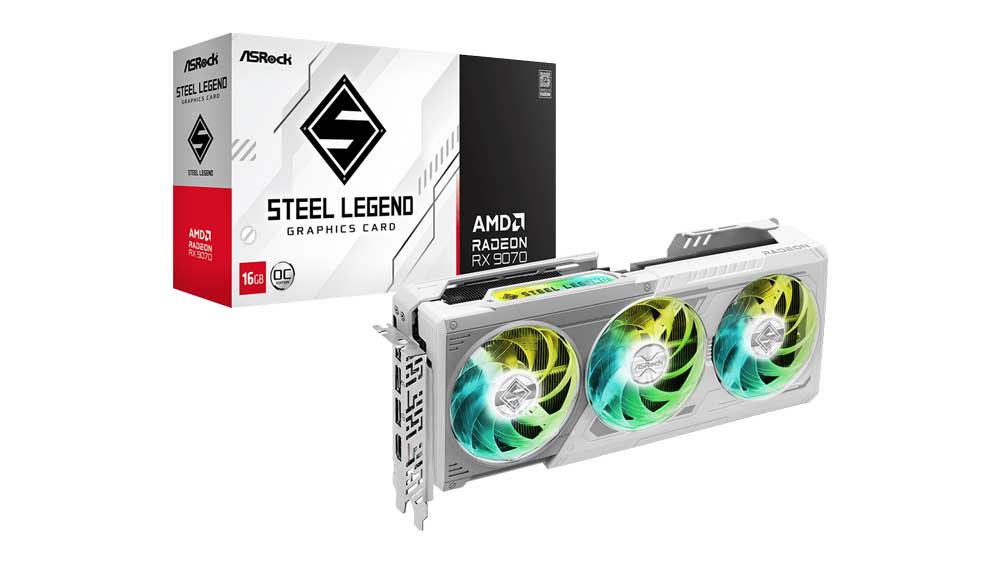

Since it looks like the 40 super series uses the new 12v-2×6 headers, does this mean that ATX 3.0 psus using 12vhpwr won’t have that burning issue? Thanks for all you do.
Nope, there won’t be a problem with ATX v3.0 PSUs because the cable remains exactly the same, and on the PSU side, there weren’t any notable issues.
Thank you for the reply! I’ve been unnecessarily stressed because I got a 4080 super FE and was worried about fire thing as this is my first pc build.